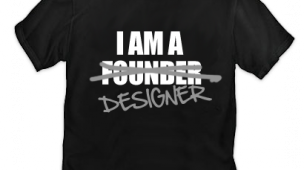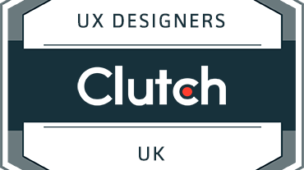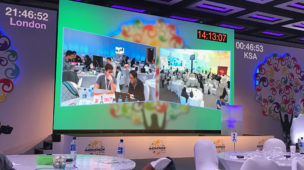Squarespace, bankroller of tech podcasts and creator of an incredible website platform, released a new tool yesterday that allows users to create their own logo. There was a backlash from many in the design community about this move suggesting it’s undermining the work it takes to achieve good design.
I see this as a smart move by Squarespace and a natural extension of their business model. If you’ve never used Squarespace; it’s great. It’s where we send people who have small, simple web projects and not enough budget to afford a professional to do a bespoke design job. Their templates are well designed, the CMS is easy to use, and it’s actually hard to make a template look like crap, unlike alternatives on the market. Often the only bad part of a Squarespace website is what the site owners decide to put in it, for example; their logo. This is a piece of the content creation jigsaw that many small or new businesses are missing, and (lets be honest here) many/most small business brands are just awful and could do with all the help they can get.

It’s a similar situation to websites. Many small businesses with websites were done by solo designers or developers who run the cottage industry supporting these business owners. Every restaurant (insert any industry populated by small indie businesses) website out there has likely been designed and built by a small-scale web designer/developer/agency, and sometimes they turn out just terrible, I think you’ll agree. Squarespace is better. The templates are responsive, well designed, modern and tidy. To get a Squarespace website live takes a lot less effort and cost than hiring a professional. I don’t think anyone could produce a site for less than the equivalent of 10 years of Squarespace subscriptions.
Alongside all those benefits, the main downside is it will look like many others using the same template out there, but that doesn’t really matter for these businesses. Personally I’d rather every restaurant website in the world follow the same template if it was good looking and had a well crafted user-experience, compared to a million different layouts, 90% of which are crap, outdated, non-functioning and don’t work on my phone. If you want a custom, well crafted, unique product you go to a professional, and it will cost you. The same applies to logos – I’d rather see a tidy generic looking brand than a terrible unique one, and so would the majority of business owners & customers.
If you’re a good designer, this is not a threat to you. It’s aimed at those who can’t afford to pay for professional help and who might try making a logo in MS paint. I will acknowledge there is overlap, but any industry can be optimised by automation of some kind and this might just be another example of people being replaced by technology at the low-end of the market. It’s been happening since before the industrial revolution. It’s called innovation and society is generally better off in the long run than if the changes didn’t occur. That may sound harsh, but is a hard fact of progress.
If you are genuinely threatened, I recommend you learn how to use Squarespace and offer a service to onboard your customers using it – there’s still skill and required knowledge involved in getting a Squarespace website live and many will need help getting there.
For most people Ikea furniture is just fine, and that’s what Squarespace is: well built, simple design at a price that is unbelievable for what you get. That applies to websites and now logos too.


